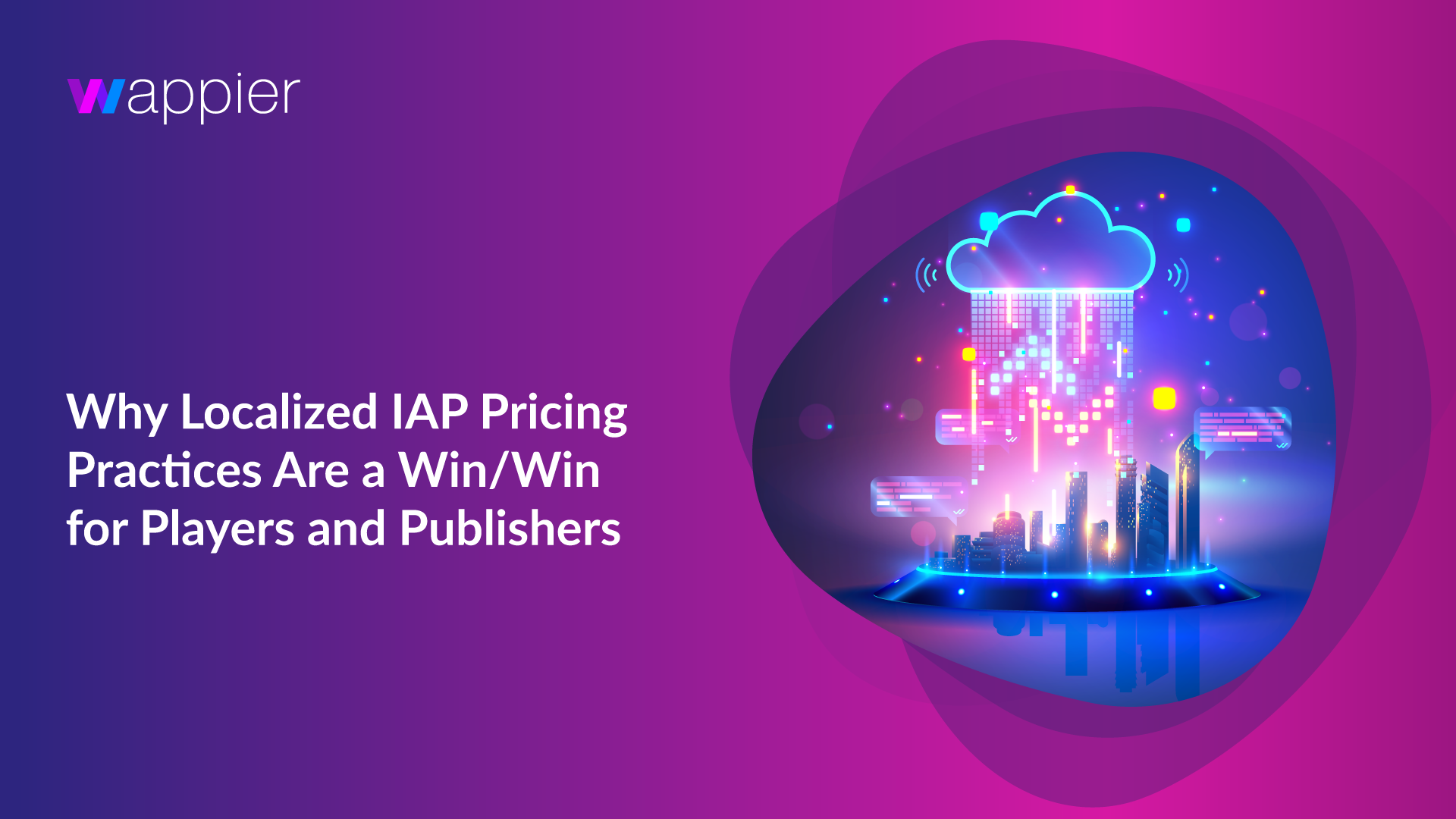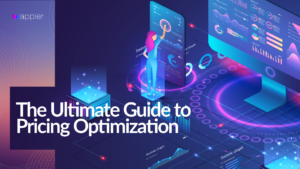There is no single solution to IAP pricing, but localized practices help publishers make more money and help players have more fun
One quirk of mobile gaming is that in-app purchases are often priced against USD, even if purchasing power and currencies from other countries are valued quite differently. These prices are unlikely to change once set, because publishers tend to think price adjustments alienate existing players. While these fears are understandable, they are far from justified. In fact, publishers maximize engagement and revenue when they optimize IAP prices to reflect the reality of global player bases.
In short, if you localize your game’s language, why wouldn’t you also localize its prices to local demand?
What Is Localized Pricing?
Localized pricing is the lowering and raising of IAP prices to reflect the economic conditions within a player’s home country. The logic is simple: Players are more likely to purchase IAPs with prices aligned to the value they offer relative to the rest of their purchasing lives. Those living in developing economies will buy IAPs primarily at a reduced price point. Meanwhile, players from highly-developed economies have more spending power and a higher willingness to buy standard or higher-priced IAPs.
Traditionally, most publishers follow the “one size fits all” price model. Even game companies that invest heavily in localization opt to use the App Store’s currency exchange to assign regional prices automatically. Unfortunately, this approach is limiting for players and publishers — it fails to account for differences in purchasing power caused by factors like GDP, unemployment, and many others. As a result, even profitable apps with standard models price out too many players around the world.
Localized pricing, however, prices each IAP against pricing elasticities for the target country, increasing the likelihood of meeting every player’s willingness to purchase. When publishers apply these models consistently, they see corresponding gains in engagement, revenue, and player community growth.
Localized Pricing and Player Engagement
We’ve seen the results of localized pricing ourselves, and it’s not just increased revenue: Engagement benefits as well. At wappier, we use our Global Pricing product to analyze the micro and macroeconomic factors that influence willingness to pay. Then, when the platform has enough data, it calculates the precise price optimizations by country that maximize engagement. These models are so accurate that we can account for differences in purchasing power between countries that share a currency, such as individual nations in the European Union.
A recent analysis of wappier data shows that localized pricing has the following impacts on player behavior:
- Average Days of Activity per month: Publishers who participate in the global pricing program see player activity increase each month by 7.5%- 11.5%.
- Time to First Purchase: When users are offered localized prices, they spend 12%-24% less time considering their first purchase.
- Time to Second Purchase: Once users have made their first localized purchase, they are more likely to continue engaging with the app. The time between their first and second transactions decreases by 11%-33%.
These figures suggest that players are far more engaged with apps when IAP prices reflect their willingness to pay — even if that price varies by region. More importantly, these results occur regardless of the influence of other marketing efforts, such as promoting seasonal events to trigger short-term purchase increases.
Localized Pricing and Revenue
It’s important to remember that localized pricing drives a corresponding increase in revenue, not just transaction frequency. At wappier, we’ve seen publishers earn 20%-40% more revenue by adjusting prices on per country level outside the US. These adjustments do not rely on private customer data — wappier uses publicly available datasets that include a country’s GDP, currency exchange rates, and other economic indicators combined with device penetration, game statistics and more in order to create a wappier Index of price elasticities for mobile game purchases across countries.
Since 2018, wappier has used its Global Pricing product to optimize IAP prices for a high-profile casino game in multiple countries. In the process, we projected new demand curves for countries outside the US, allowing for more precise localized pricing. As a result, after three months, the game dramatically increased its ARPU, with the highest gains coming from developing countries.
- Global average: 55%
- Peru: 138%
- Romania: 136%
- Hungary: 129%
- Ukraine: 129%
- Poland: 96%
- Czechia: 95%
- Germany: 81%
These ARPU increases reveal two critical insights. First, lower prices drive an influx of payer conversions in developing economies. Second, publishers can still increase revenue in highly-developed economies like Germany by matching IAPs to the region’s willingness to pay.
Localized Pricing for Every Player
Economic indicators are not the only factors that contribute to localized pricing models. Machine learning technology lets us analyze the entire range of player behavior to estimate price sensitivity moment-to-moment.
At wappier, this ML technology powers our Promotional Pricing product so that it can analyze two billion data points daily. These insights allow us to account for behavioral economic theories and create personalized promotions. As a result, low-spending players will see deals encouraging them to engage with paid app features, while high-spenders will receive optimal offers higher than standard promotions.
There is no one solution to the challenge of IAP price optimization, but localized pricing helps publishers account for diverse global markets, cultivate engagement, and maximize revenue in any country worldwide.






